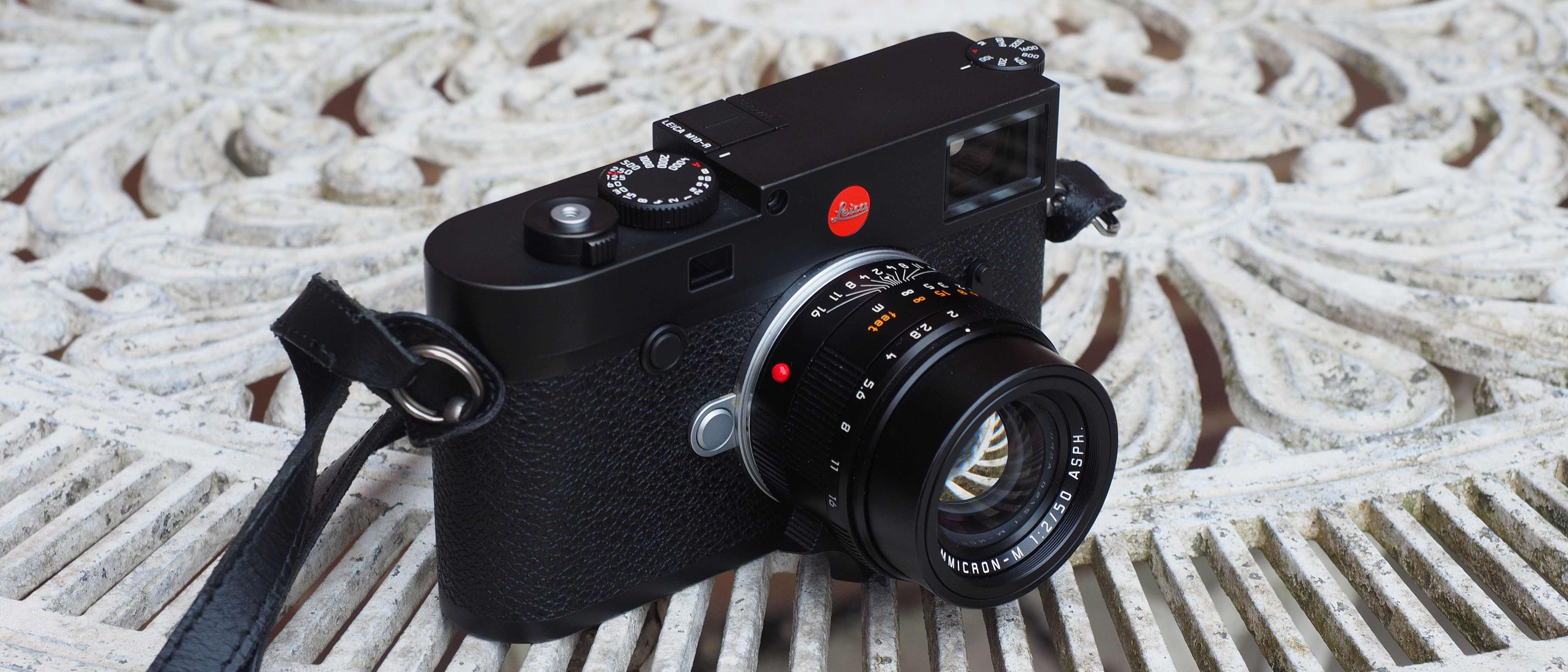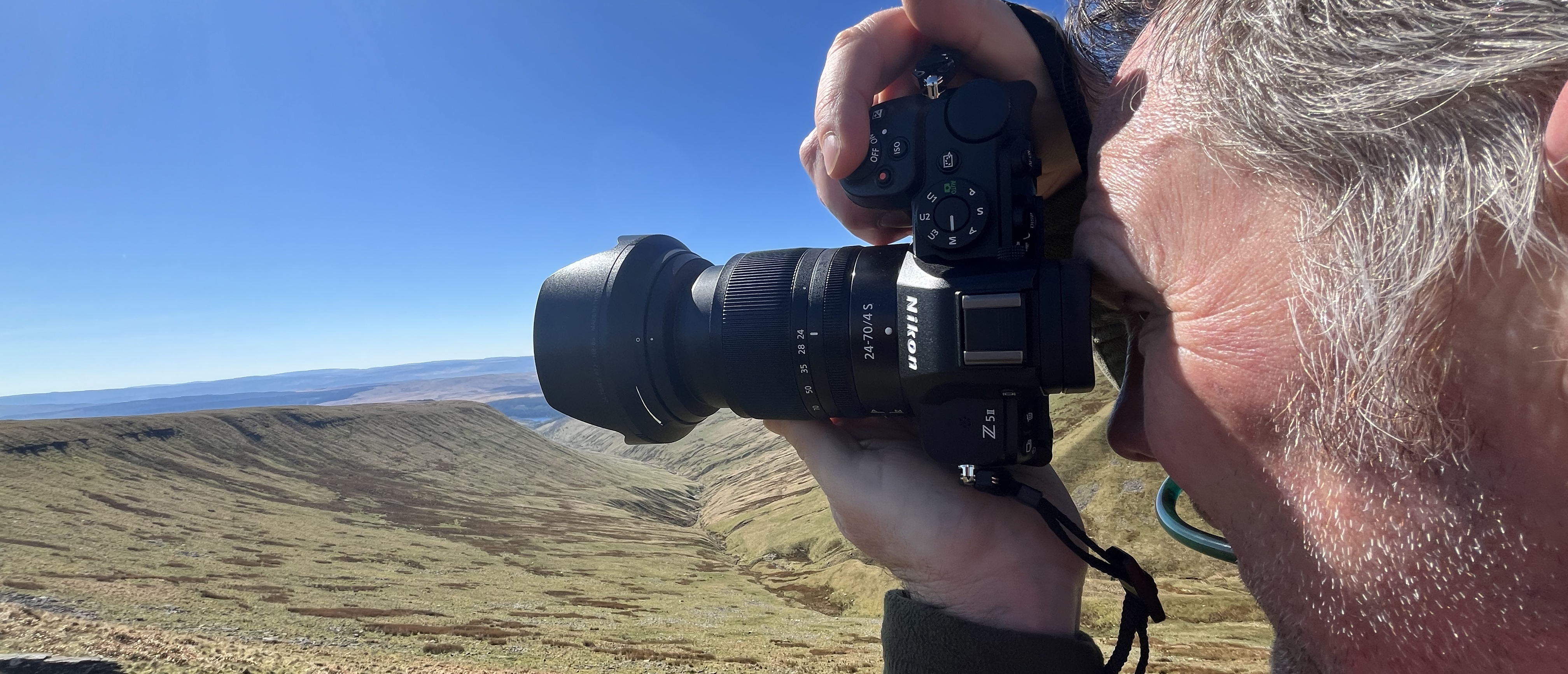Digital Camera World Verdict
Leica M cameras are an acquired taste. They are fiendishly expensive – of course – and resolutely old fashioned in their design and operation. They don’t suffer fools gladly. The M10-R also happens to feature some of the latest digital technology to produce image quality to challenge any other full frame camera, and a shooting experience that remains unique.
Pros
- +
Compact and beautifully made
- +
Beautiful, retro-feel optics
- +
Utterly fuss-free controls
Cons
- -
Challenging rangefinder focusing
- -
Manual or aperture-priority only
- -
Expensive, as are the lenses
Why you can trust Digital Camera World
The Leica M10-R is the latest in a line of Leica M-series cameras that truly are an anachronism. In age when we rely on split-second multi-point eye-detecting animal AF and more exposure modes than we know what to do with, the Leica M offers manual focus only, and manual exposure controls, with just one aperture-priority auto option.
It’s a throwback to the days of film, when photographers needed highly developed hand-eye co-ordination, quick-fire mental maths and lightning reflexes.
Today, we need all the power of our brains to learn, process and apply the multi-faceted features of our digital imaging devices. Then, it was your hands, eyes and reflexes that did the learning.
What this means is the the Leica M appears to do very little, technically, to justify its price tag, and demands dexterity and reactions that we probably hadn’t expected to need. You probably won’t like a Leica M straight away.
Read more: 5 ways shooting with a Leica M is unlike anything else
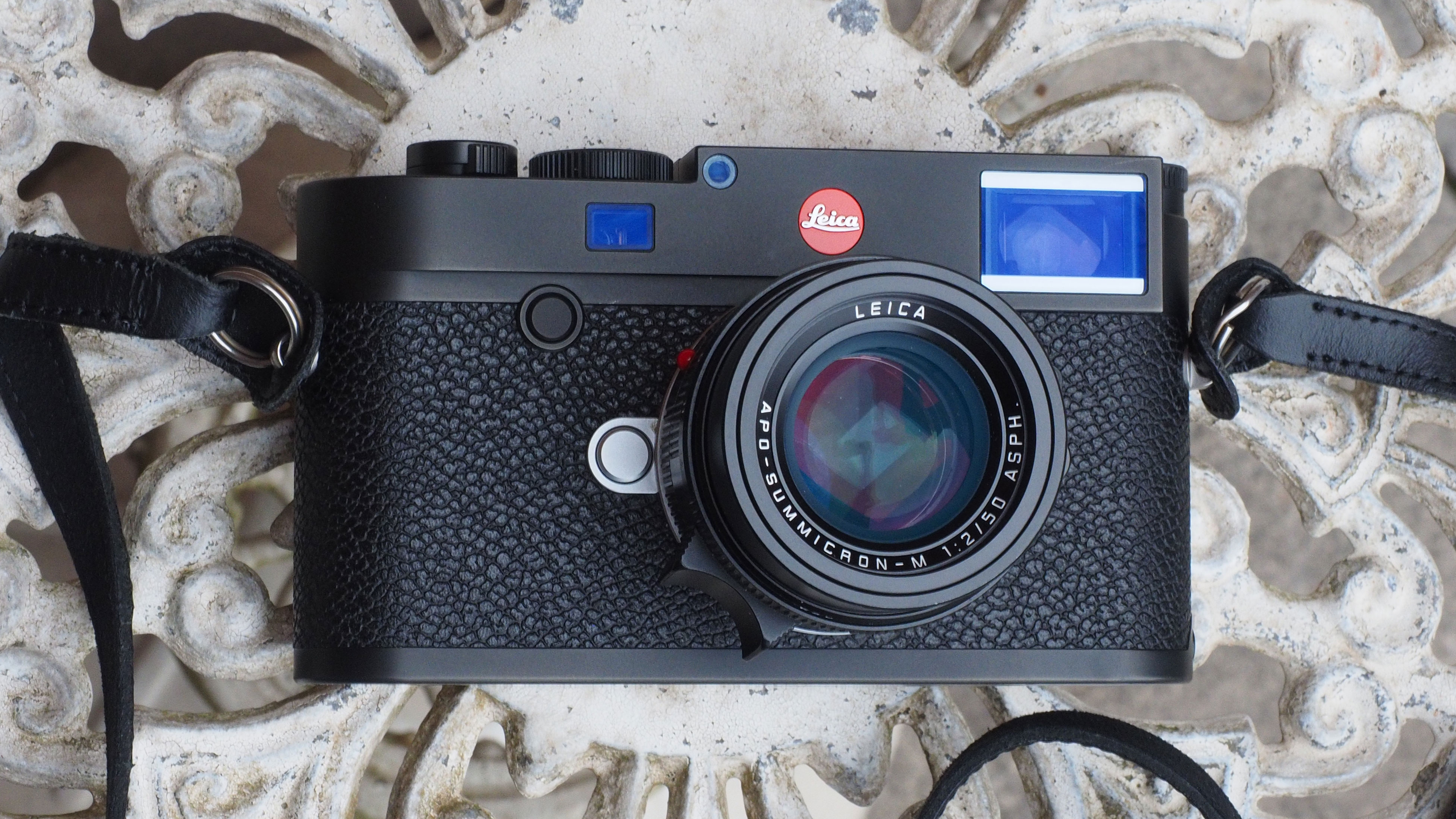
Specifications
Sensor: 40.9MP full frame CMOS sensor
Image processor: Maestro II
AF points: Manual focus using rangefinder and Live View
ISO range: 100-50,000
Metering modes: Single measuring cell using shutter curtains
Video: N/A
Viewfinder: Optical direct vision with brightline frames
Memory card: 2GB internal memory, SD/SDHC/SDXC card slot
LCD: 3-inch fixed TFT, 1,037K dots
Max burst: 4.5fps, up to 10 frames
Connectivity: Wi-Fi
Size: 139 x 38.5 x 80mm
Weight: 660g (body only, including battery)
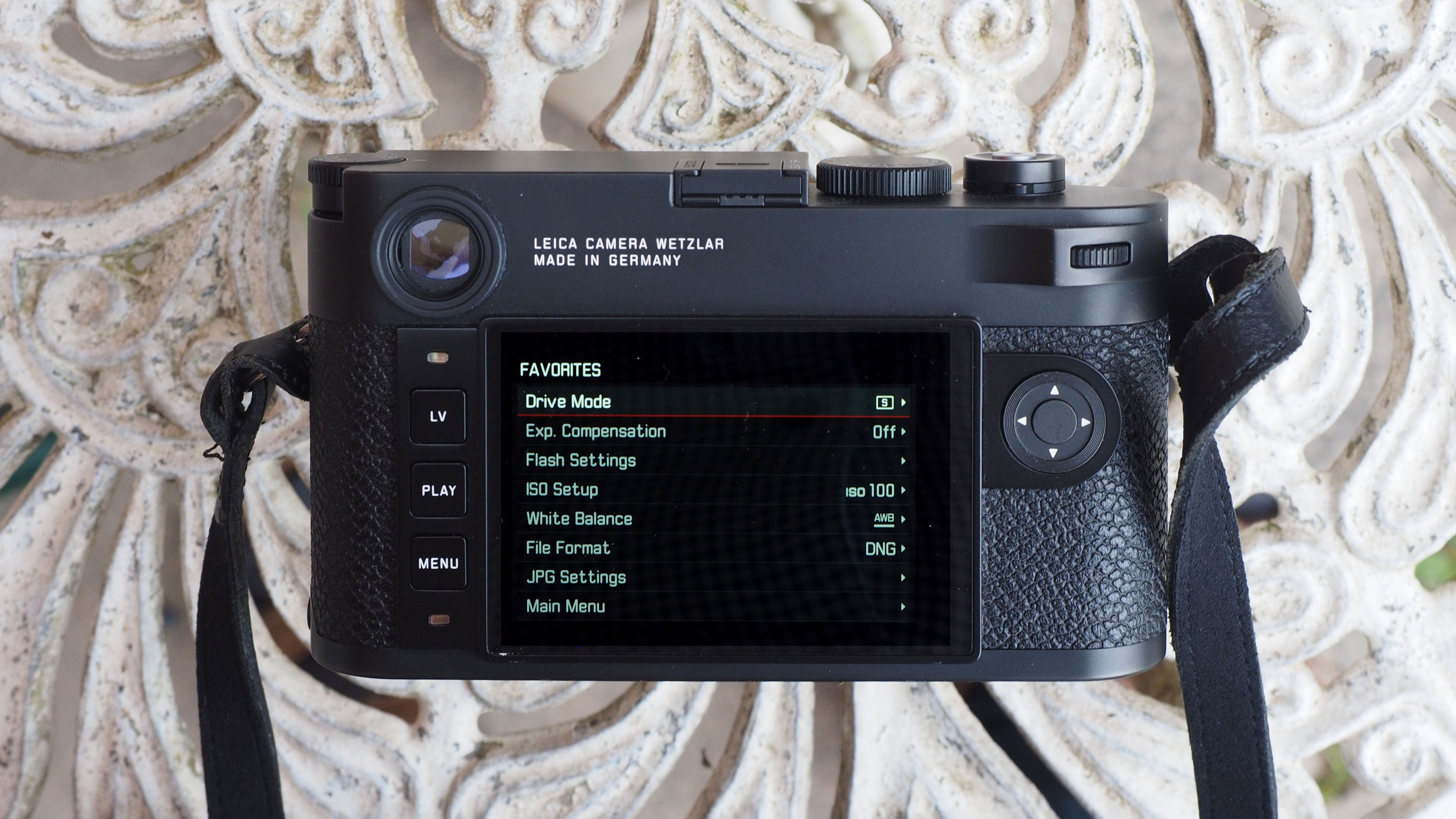
Key features
The big news with the Leica M10-R is its brand new 40-megapixel sensor. This is the same as the Leica M10 Monochrom we’ve already tested, but this time the sensor has a regular color filter array and captures full color images.
We haven’t seen this 40MP resolution in any other camera, which leads us to assume Leica has sourced a sensor of its own and not simply used one of Sony’s, as so many camera manufacturers have been doing.
In any event, 40 megapixels is a big jump up from the 24 megapixels of previous Leica M cameras, and puts the M10-R very close to big hitters like the Nikon Z7, Canon EOS R5, Panasonic Lumix S1R and Leica’s own SL2 (Sony’s A7R IV remains out on its own).
Leica says that despite the step up in resolution, the new sensor actually delivers lower noise levels than the previous 24-megapixel sensor. It’s paired up with Leica’s own Maestro II processor and offers an ISO range of 100-50,000. Images can be captured as JPEGs or lossless compressed DNG raw files.
We tested the Leica M10-R with a Leica APO-Summicron-M 50 f/2 ASPH. lens, just one of a range of Leica bayonet mount lenses stretching all the way from an 18mm Elmar ultra-wide to an APO-Telyt-M 135 f/3.4.
The rangefinder viewing system has its limits. For ultra-wide lenses you need a separate clip-on viewfinder and it’s not well suited to longer focal lengths – though there is always the Live View to fall back on.
The 50mm tested is not fast by today’s standards, but it is extremely compact. Leica does make faster lenses, but they are a lot bigger.
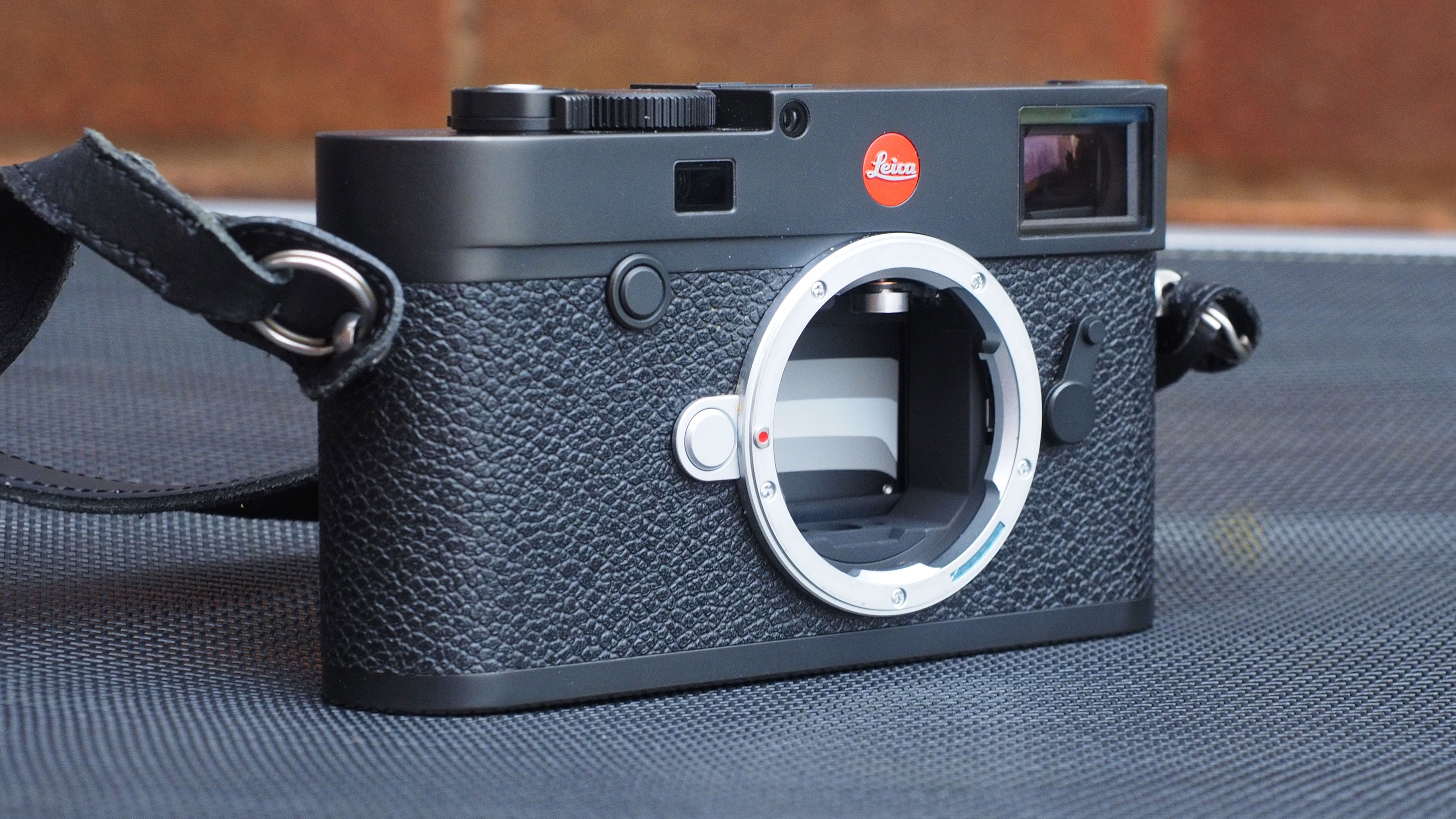
Build and handling
The M10-R is small for a full frame camera and perhaps for that reason it feels a lot heavier than it actually is. There’s no raised grip on the front, which makes it a little harder to hold one-handed while you’re walking around, but then that’s what shoulder straps are for, after all.
The whole body is sleek, simple, unadorned and stripped to the essentials. You set the aperture on the lens, the shutter speed (or aperture priority automation) on the shutter speed dial on the top, and there’s an ISO dial on the far left of the top plate. And that’s it.
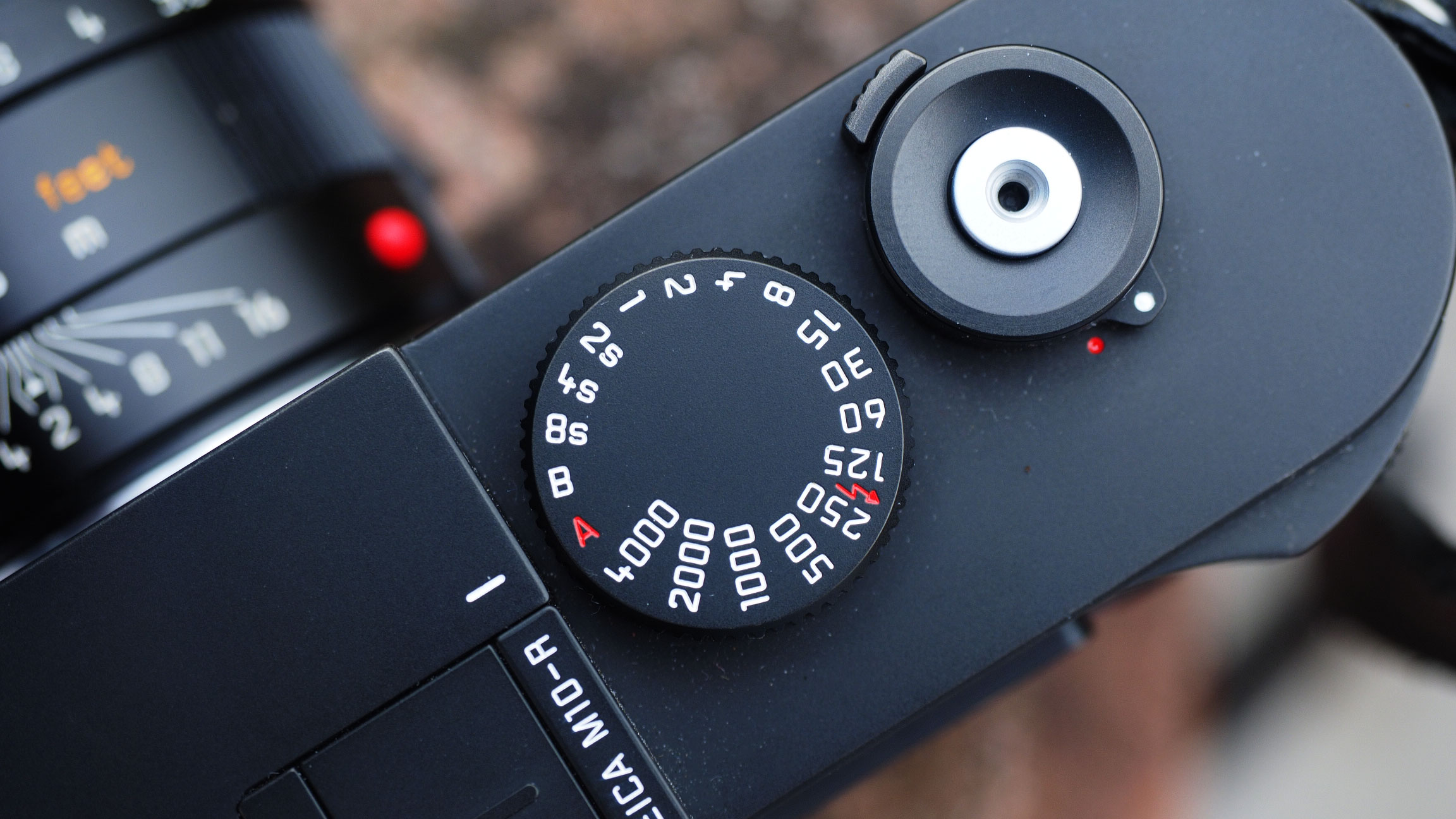

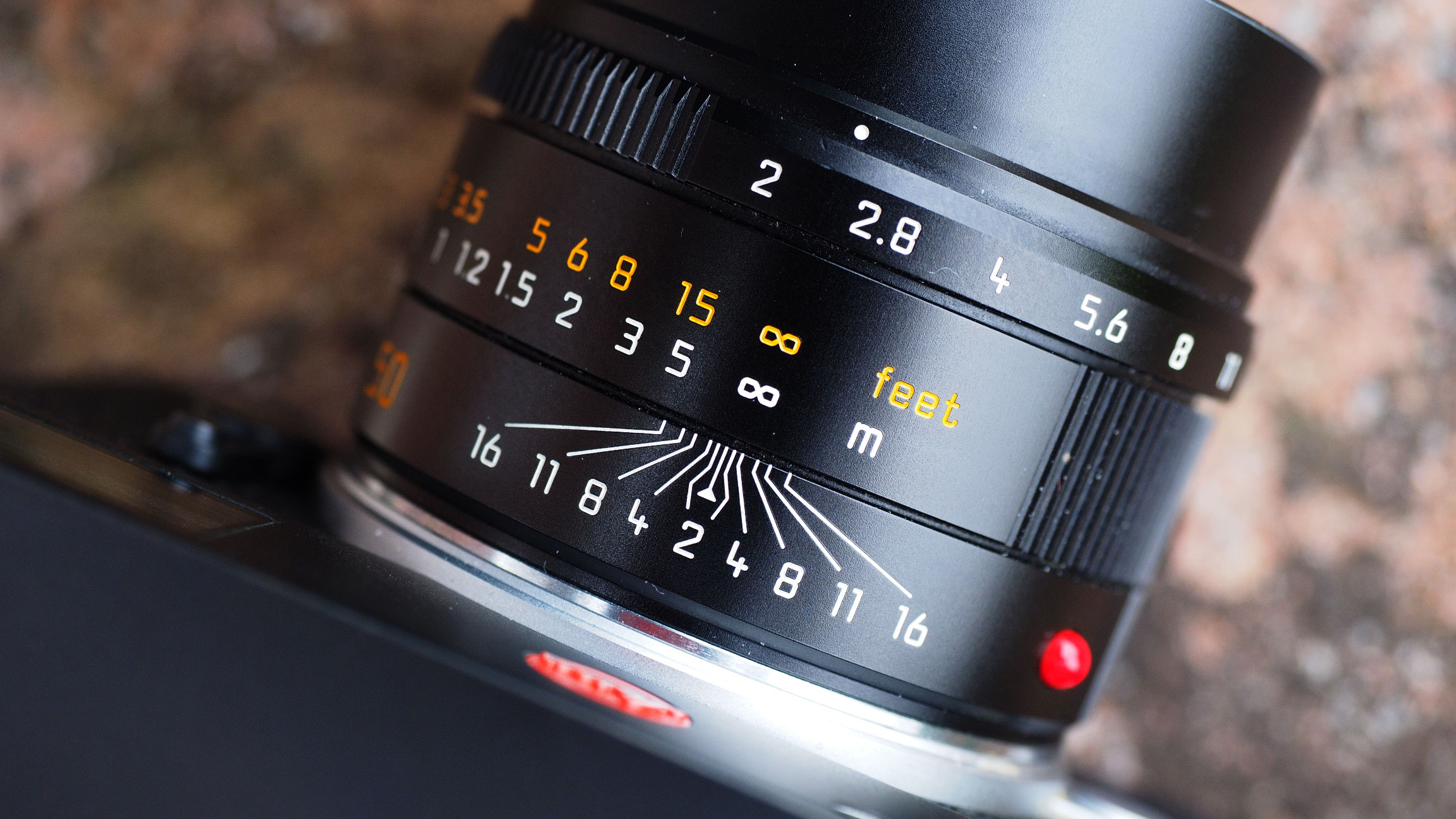
Round the back, there’s a fixed LCD display for live view, image playback and menu navigation. The M10-R doesn’t shoot video, so don’t go looking for a Record button or any fancy tilt or pivot mechanisms on the screen.
The viewfinder takes a little getting used to. DSLR and mirrorless camera owners will be used to viewing the scene through the camera lens and seeing no more and no less than the sensor will capture. With the Leica, the viewfinder is a separate window on the world which has frames to show what the current lens will capture, but shows you much more outside that.
You have to remember that the camera will only capture a section of what you see, marked out with bright framing lines in the viewfinder, which are easily forgotten in the heat of the moment until you’ve used this camera long enough to learn.
The focusing takes some getting used to as well. The system is simple enough – you turn the focus ring on the lens to line up a small rectangular ‘ghost’ image with your subject in the viewfinder. It takes a little while, but you can soon do this quite quickly.
The hard part is not learning how to focus, but remembering to do it for every shot – or check it, at least.
Leica is pleased with its soft shutter action, and the M10-R is indeed very quiet for a camera with a full frame focal plane shutter. It’s not as quiet as an electronic shutter, but for a mechanical shutter it does have a very nice action.
Most of the design elements of the M10-R make perfect sense even in the digital age… except, perhaps, one. To access the memory card and battery you have to unhook and remove the entire baseplate, a throwback to a time when that’s how you put the film in the ‘old’ Leicas. Now, though, it does feel a bit more awkward than it needs to be – though it does mean the base of the camera is smooth and seamless.
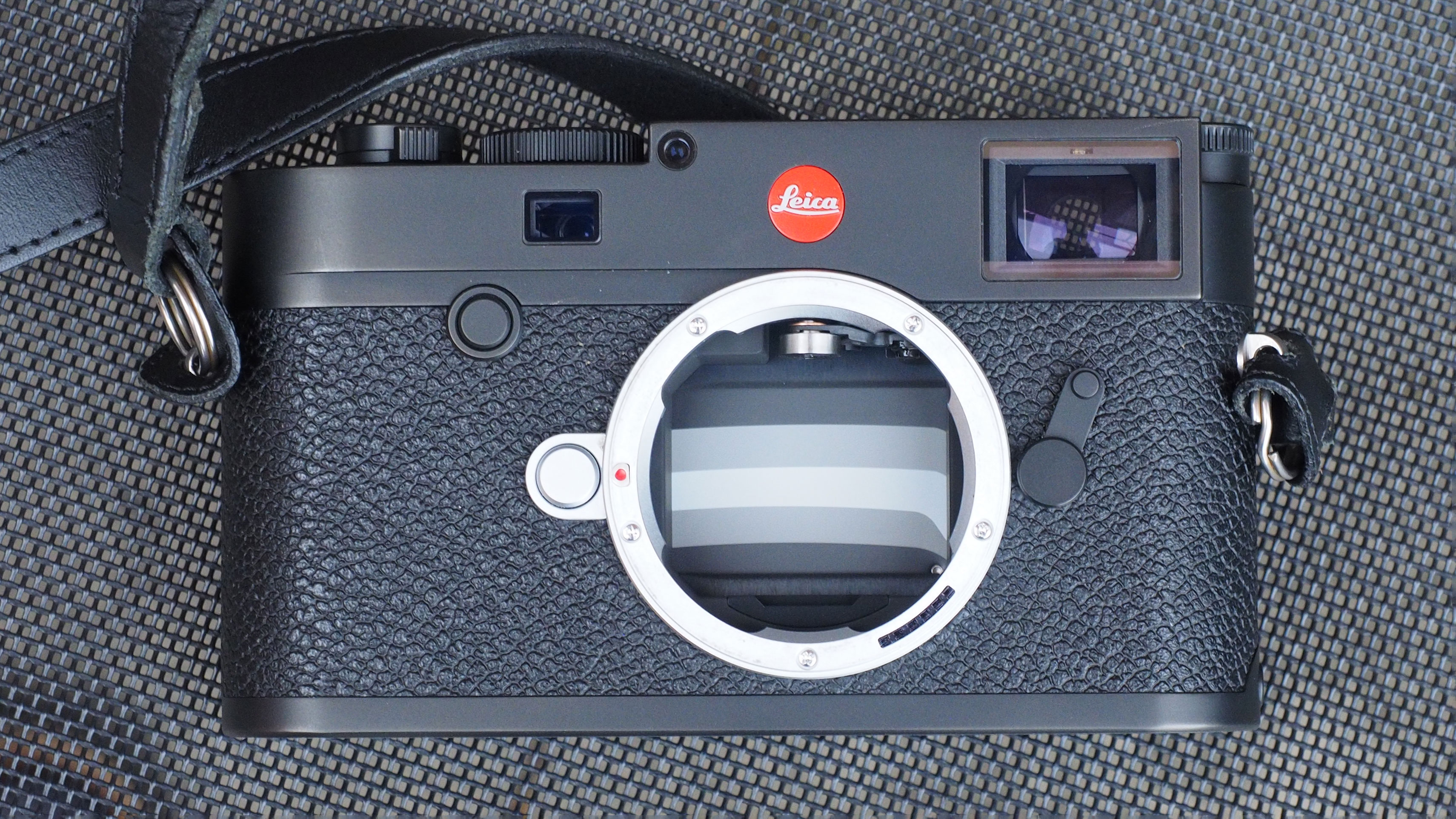
Performance
Normally at this point we talk about AF performance, but the M10-R doesn’t have AF, so we can’t do that. We can talk about the exposure system, though. This, like the camera itself, is a throwback to a different time. There’s a single metering cell which takes a reading off the shutter curtains prior to the exposure, and it gives good results most of the time, but will tend to underexpose very high contrast subjects with areas of intense brightness.
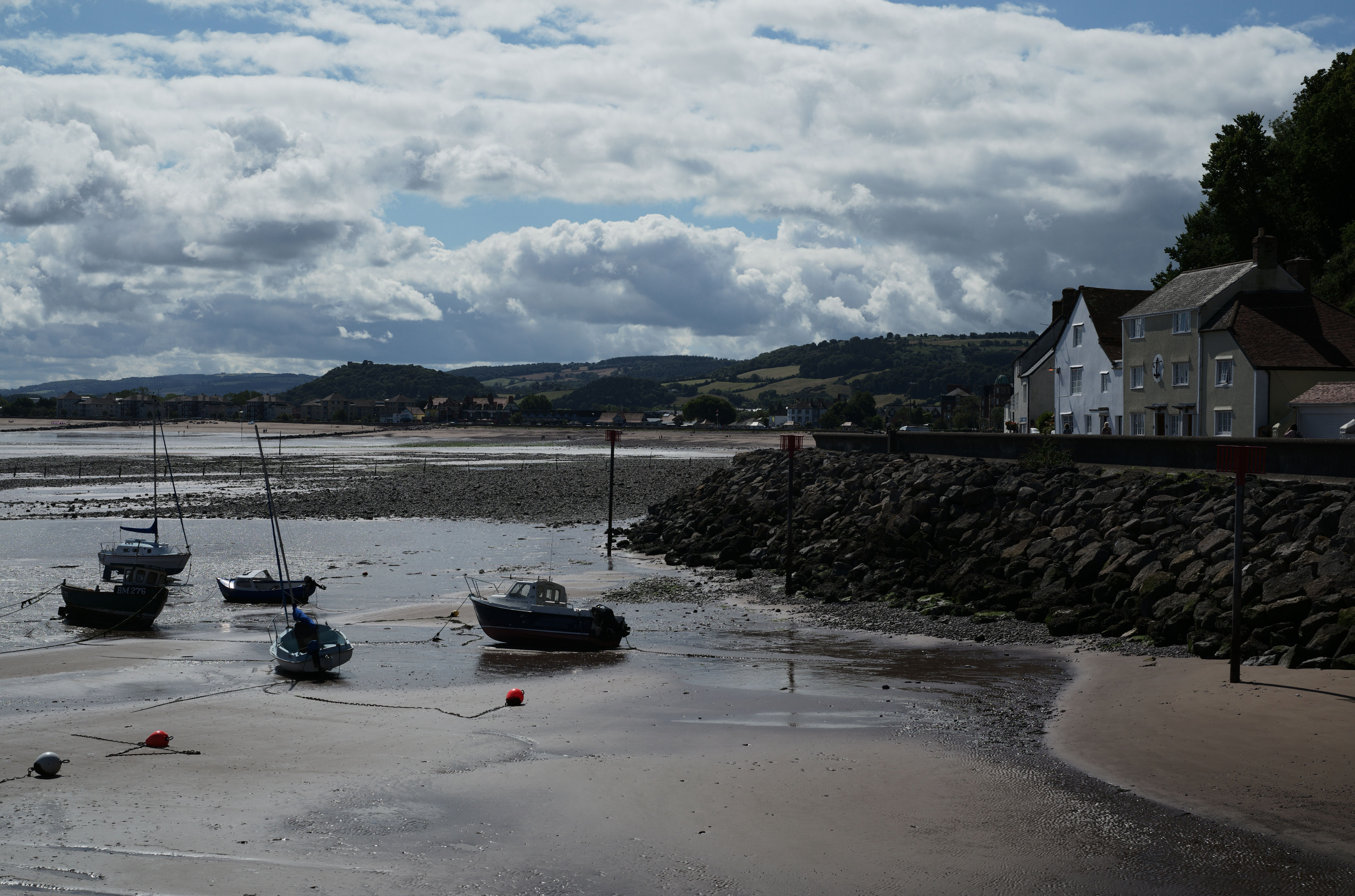
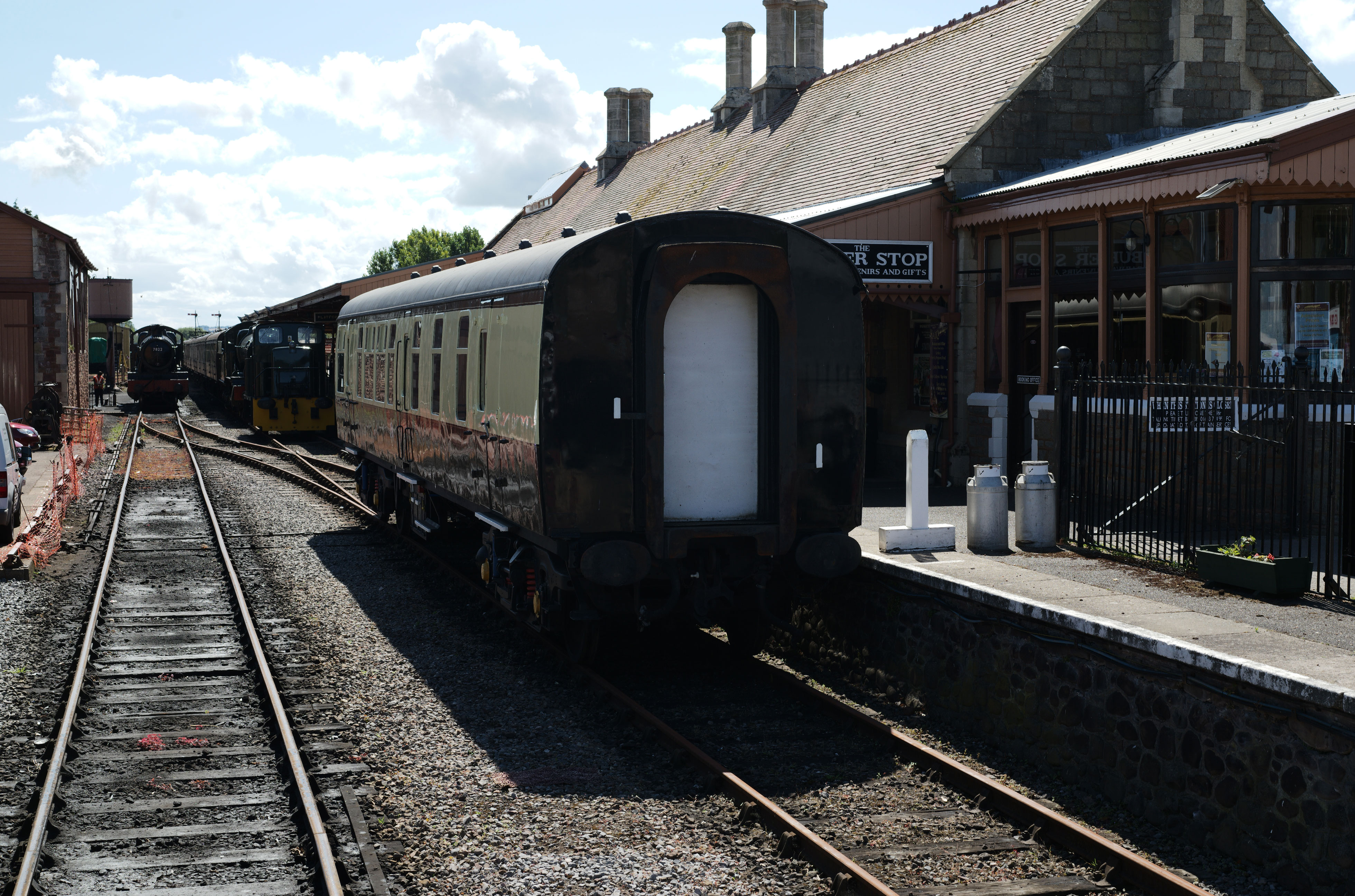
This is typical of old film cameras and was a nuisance when films had very little spare shadow detail. It suits digital sensors very well, though, because here it’s the highlights which are at risk and it’s easy to bring detail out of the shadows. If you don’t mind shooting raw files and doing a little digital darkroom adjustment later, the M10-R creates really nice ‘digital negatives’ to work from.
The image quality is very, very interesting. The Leica Summicron we used is sharp wide open and extremely sharp when closed down a couple of stops. It does show some corner shading at wide apertures, where it doesn’t have the biting fine detail rendition of the best and latest mirrorless prime lenses. But it does have really nice bokeh, very pleasant sharpness fall-off from the plane of focus and a unique ‘rendering’ that is difficult to describe but easy to see. This lens also has a lot of contrast.


If you compare lab results this camera and lens pairing come out slightly behind the current crop of 40+MP digital cameras. The real world images, however, show bitingly sharp fine detail, excellent contrast and color and this particular Leica rendering style. You might not see it, you might not care about it, but there is a different ‘look’ about its images.
Lab tests
We compared the Leica M10-R’s lab results with those from four high-resolution full frame rivals to see how it compared technically.
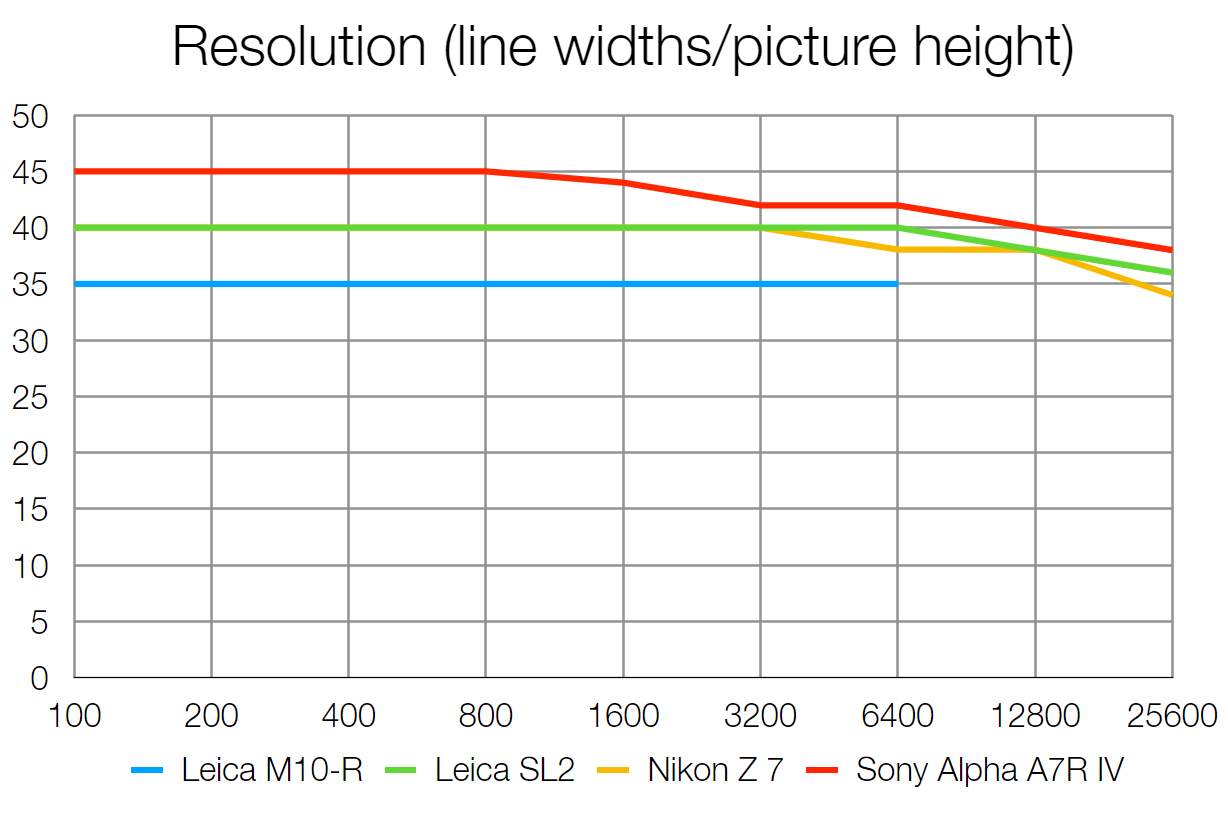
Resolution
Resolution is measured in line widths/picture height, a widely used standard for resolution measurement that's independent of sensor size.
With 'only' 40MP on tap, the M10-R can't quite resolve the same amount of fine detail as the more pixel-packed Lumix S1R, Z 7 and A7R IV. The Leica does well to consistently maintain its resolving power right up to ISO 6400 sensitivity, though.
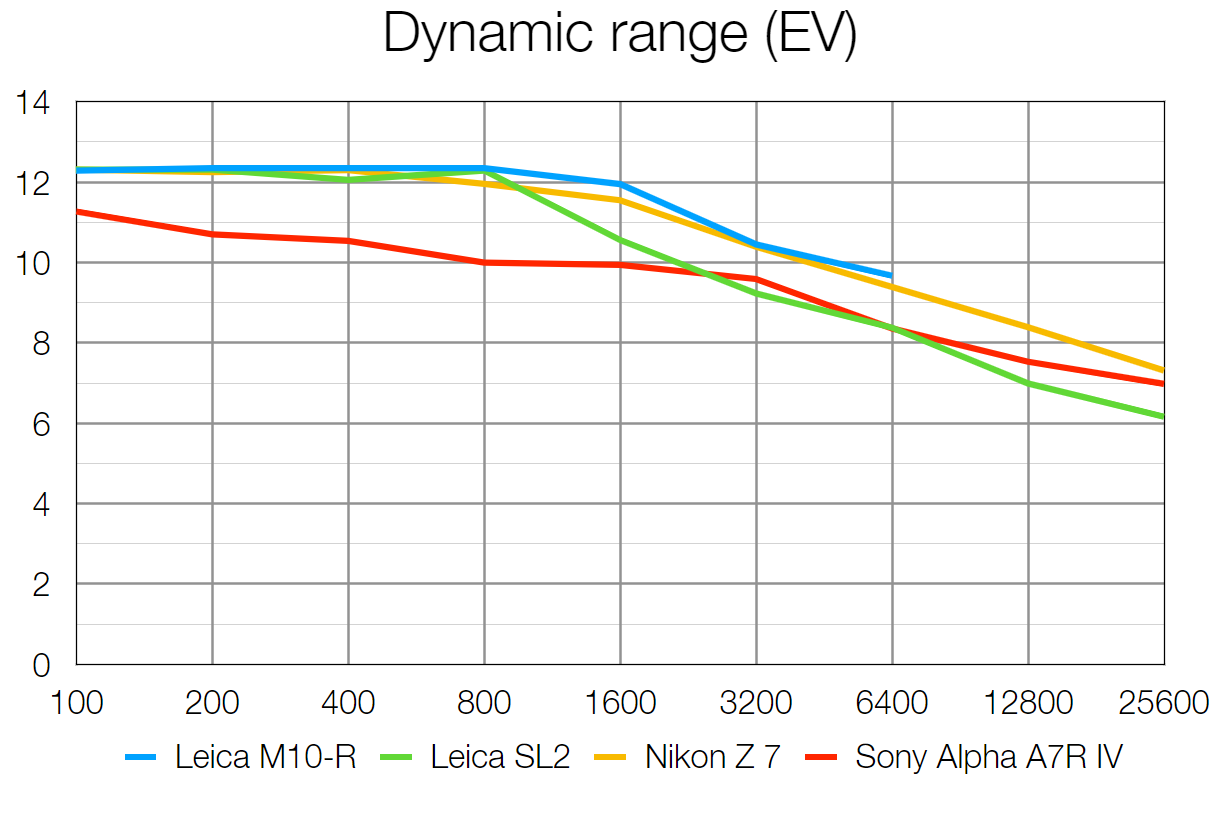
Dynamic range
Dynamic range is measured in EV (exposure values, or 'stops'). It's a measure of the camera's ability to record detail in extremely bright and dark areas of the scene. The higher the value, the better.
Dynamic range is excellent throughout the M10-R's sensitivity range, and is particularly impressive at higher ISOs.
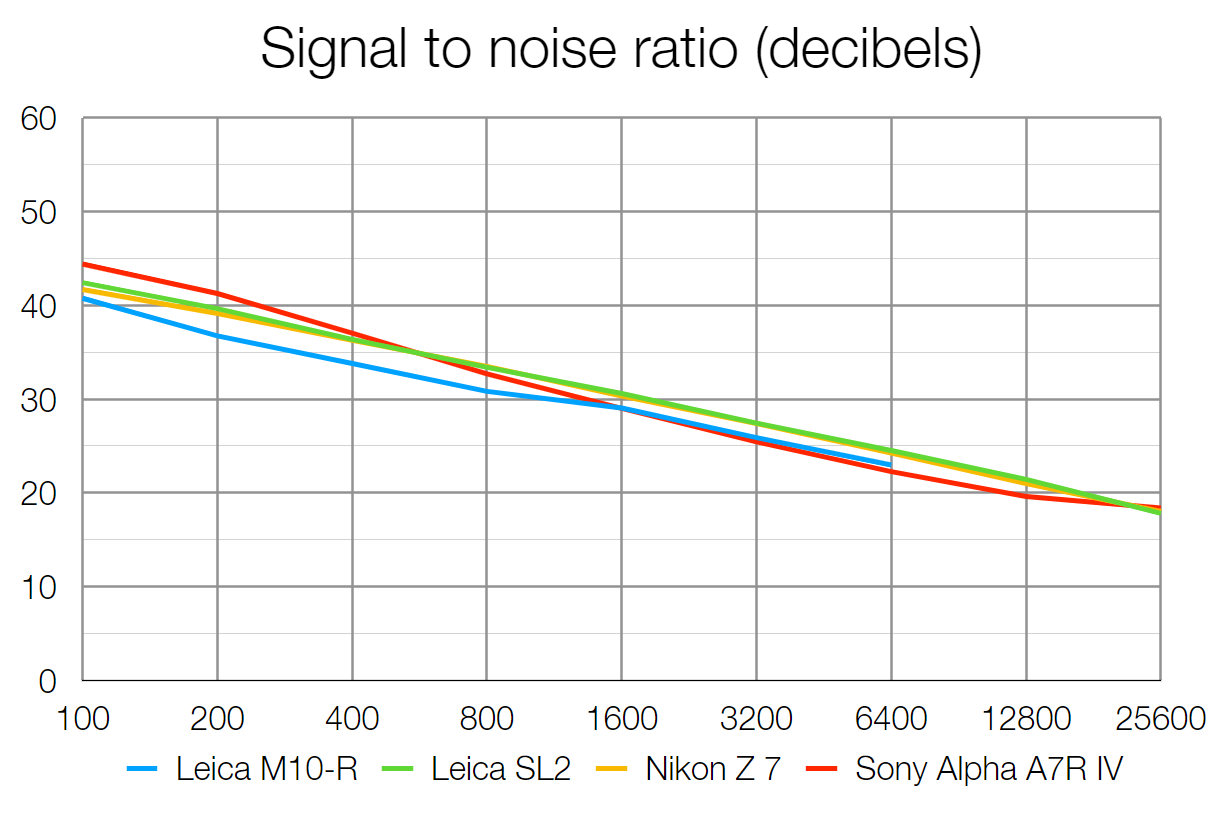
Signal to noise ratio
Our signal to noise test measures image clarity, specifically the ratio of the actual image 'data' you want to capture, versus the image noise that you don't want, but will inevitably be visible when shooting at higher ISO sensitivities. The higher the score at a given ISO sensitivity, the better.
In this test the M10-R isn't quite so remarkable, producing slightly more noise at lower sensitivities than its mirrorless competitors. However at higher ISOs where noise is more visible, the M10-R does score better relative to the competition. (Leica does not supply raw processing software. We used Adobe Camera Raw, which is more 'noisy' than some other raw processors.)
Verdict
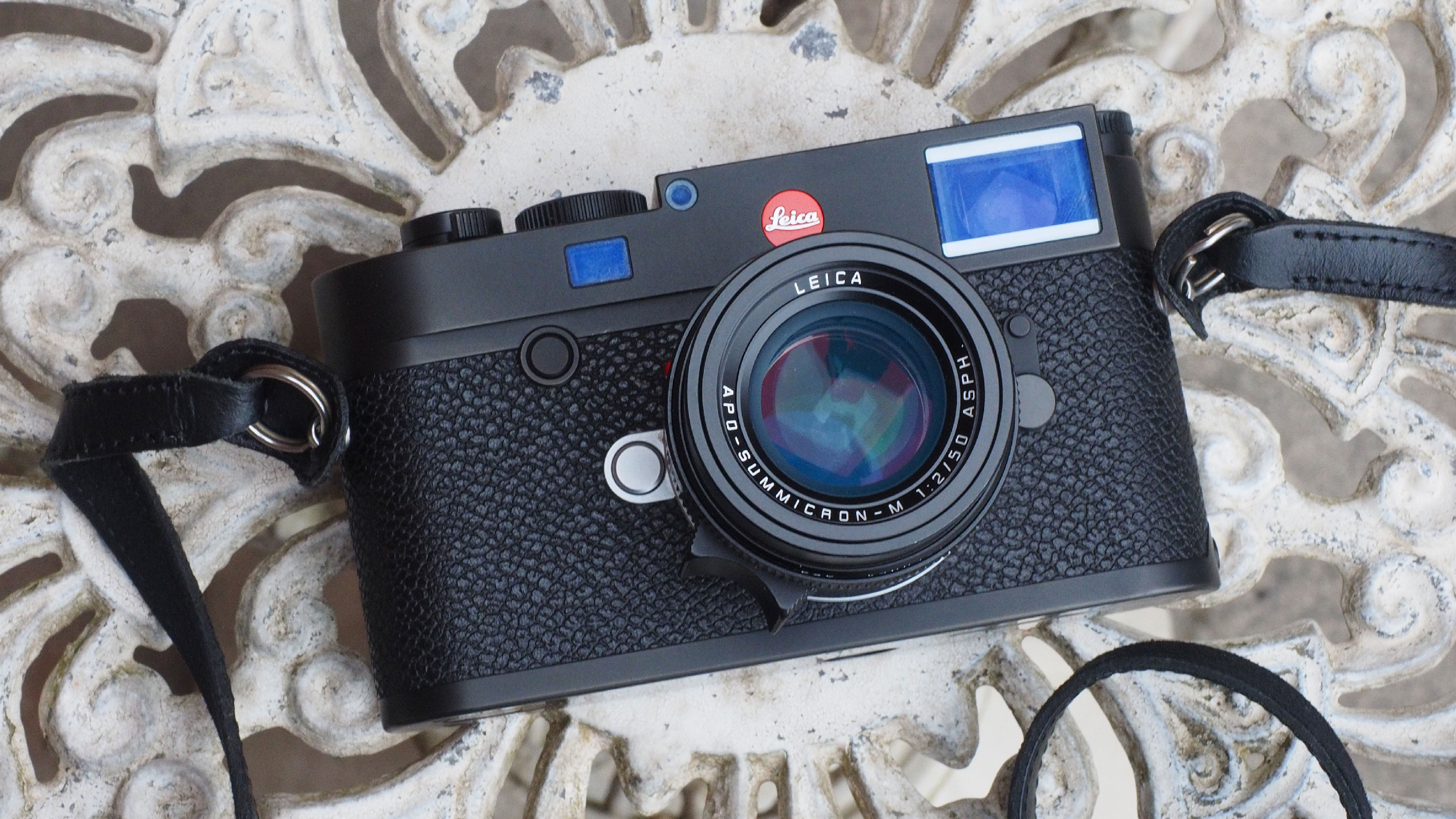
Leica M cameras are an acquired taste. They are fiendishly expensive – of course – and resolutely old fashioned in their design and operation. They don’t suffer fools gladly. And yet the M10-R also happens to feature some of the latest digital technology to produce image quality to challenge any other full frame camera, and a shooting experience that remains unique.
If you have a great deal of money, or your passion is engineering, heritage, the look and feel of classic camera designs or just the look and feel of the images, the M10-R could be your dream camera.
Otherwise, it might look like an expensive anachronism which is only bought by people with more money than sense. You can think that if you like, but it would be wrong.
In the cold light of day, of course, you can get the same or better performance at half the price in a camera that does ten times more and places far fewer demands on the photographer. The Leica M10-R will never be a camera that you need, but it may well be a camera that you want!
Read more:
• Best Leica cameras
• Leica M10 Monochrom review
• Best mirrorless cameras
• Best professional cameras
• Best medium format cameras

Rod is an independent photography journalist and editor, and a long-standing Digital Camera World contributor, having previously worked as DCW's Group Reviews editor. Before that he has been technique editor on N-Photo, Head of Testing for the photography division and Camera Channel editor on TechRadar, as well as contributing to many other publications. He has been writing about photography technique, photo editing and digital cameras since they first appeared, and before that began his career writing about film photography. He has used and reviewed practically every interchangeable lens camera launched in the past 20 years, from entry-level DSLRs to medium format cameras, together with lenses, tripods, gimbals, light meters, camera bags and more. Rod has his own camera gear blog at fotovolo.com but also writes about photo-editing applications and techniques at lifeafterphotoshop.com
